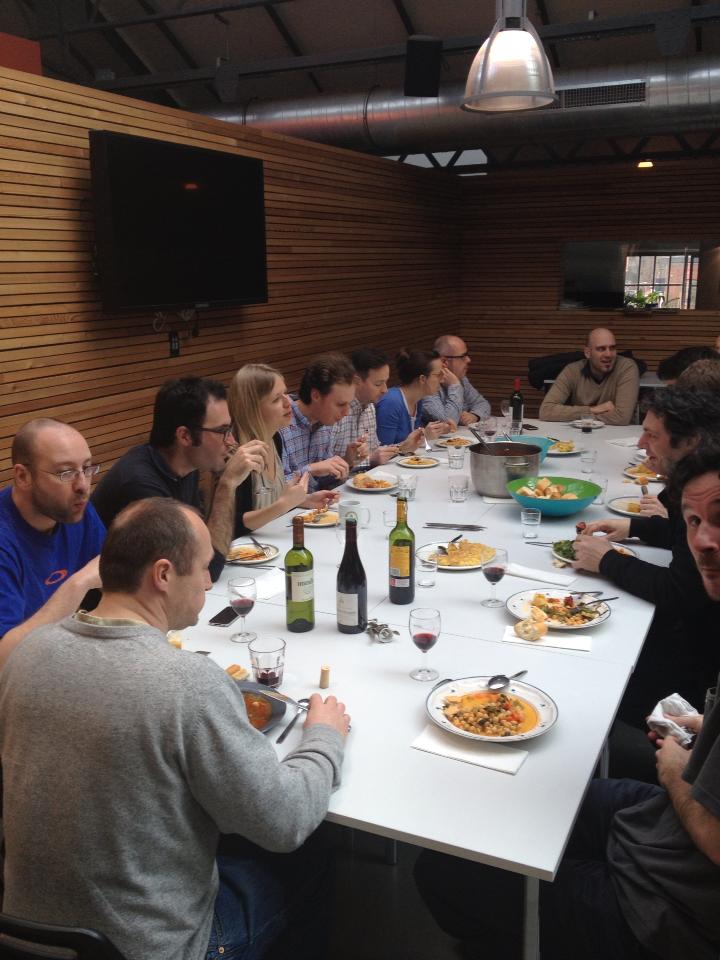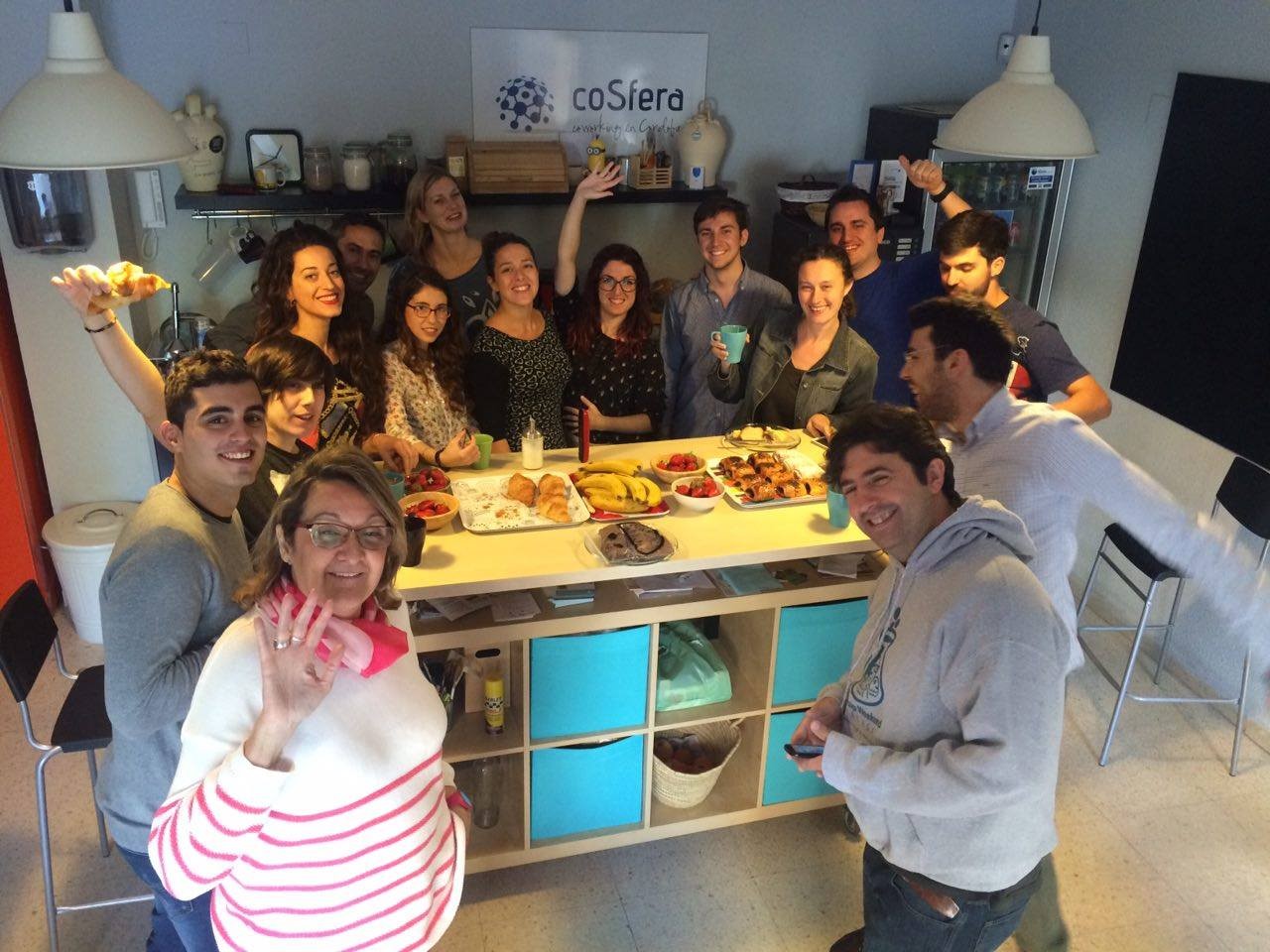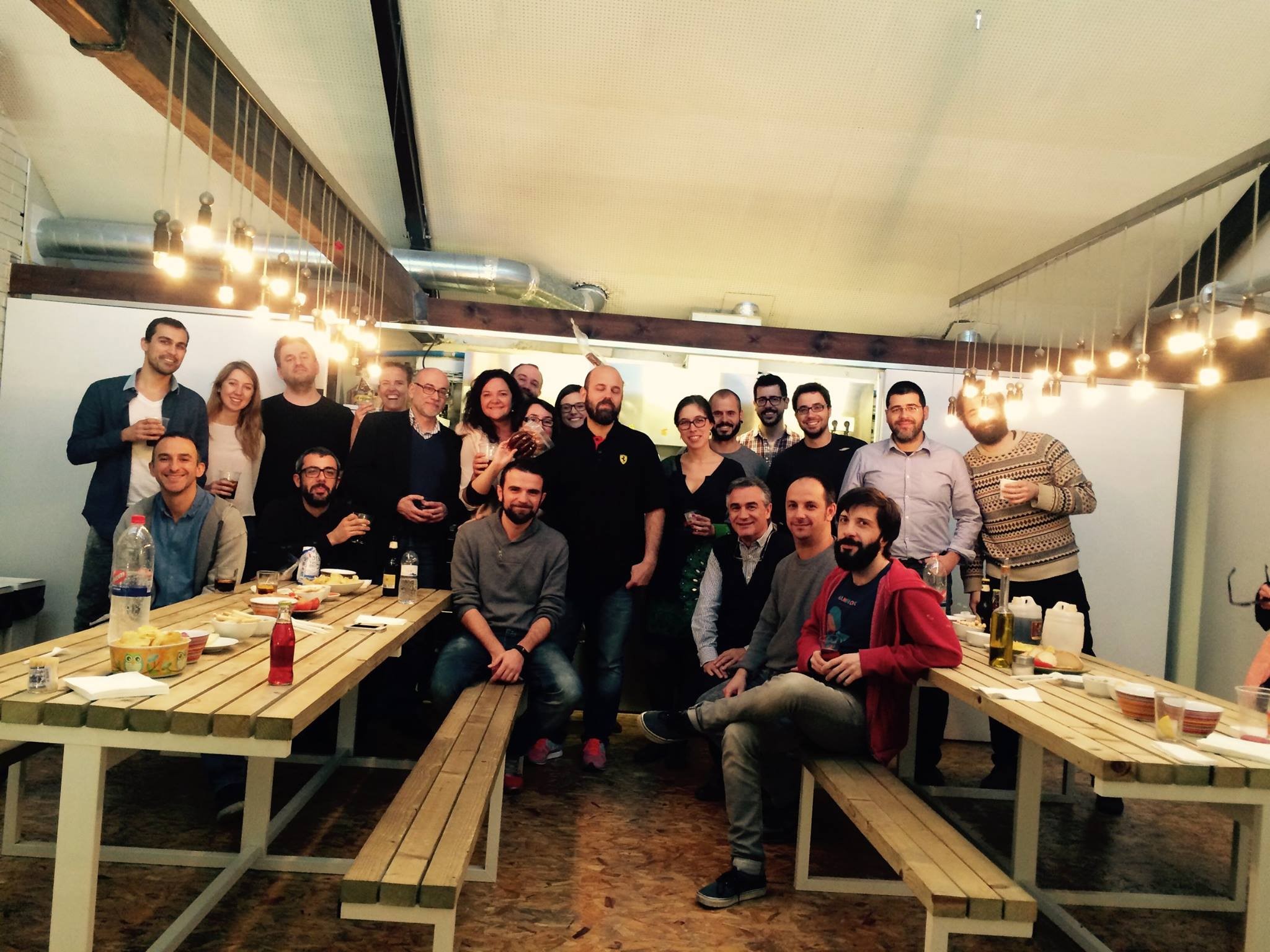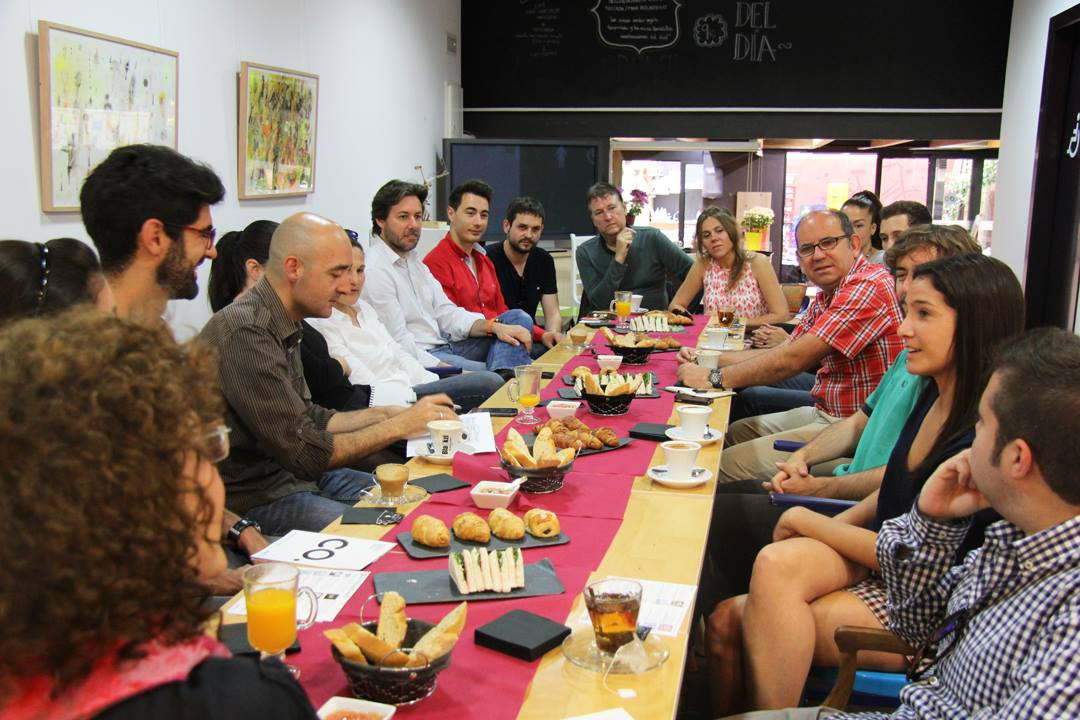How to get feedback in your coworking space
Knowing users' opinions is important for any business or service. Coworking spaces are no exception. Getting direct feedback from your coworkers does not only help you find out about any issues in the space, it will no doubt help you think up ideas on how to make it even better. Analysing this information regularly is another tool to improve your space. As the space grows, it can get a little harder to have direct contact with all coworkers, so it's important to implement processes that let us keep track even if there are a considerable number of users. Below, we're going to give some examples that can help you know what your coworkers think about the day-to-day running of your space:
- Direct contact: Speaking to coworkers and asking them how things are going is the most obvious and direct. Having an informal conversation with your coworkers will help you find out what they think or if there are any possible problems in the space while building a trusting relationship with them. A quick "Good morning, how are you doing?" or "How's everything?" doesn't cost you anything and has a positive impact on the community.
- Food and drinks: We may all be rushed off our feet with work, but we all (or almost all of us) have to feed ourselves. We usually stop to enjoy a tea or coffee break too. Organising a get together around the dinner table is a good chance to catch up on what's happening in the space and bring the community closer together. Here's a great example from Betacowork Coworking Brussels's photo gallery.

Photo source: Betacowork
- Blackboards, suggestion boxes, visitors' books: There are plenty of 1.0 methods to collect information from your coworkers: Blackboards are a great way for coworkers to leave messages of appreciation, ideas for the space or simply have a laugh doodling. Like many Airbnb homes, a visitors' book can sometimes help us find out the type of experience our coworkers have had in the space.
- Online tools: There are several tools that let you interact with your members to receive feedback. You can do it using groups on Facebook, Whatsapp, Yammer or the Nexudus community board. Grouping together all the notes on your CRM/MRM will help you have an overall vision of your members' opinions.
- Imagination's the key: As well as all of the points above, a good dose of creativity is a must for getting feedback from your coworkers, as we're all so busy all day, every day. Asking how a coworker's last meeting went or encouraging them to share the projects that they're working on with the rest of the community is a good idea. For the first example, Spaces has recently added a reminder that lets you ask your members about their experience when they've booked a meeting room.
However, the best formula for building community and trust is direct contact with your space members. Being kind, giving out smiles for free and asking the right questions at the right time, has a much better impact than any advertising campaign. After all, we mustn't forget that we are working with people! :)

Happy coworking moments. Photo source: coSfera

Happy coworking moments. Photo source: CREC coworking

Happy coworking moments. Photo source: Wayco
Main image photo source: Redd Angelo
Related stories
Liz Elam: ‘Community is the number one amenity in coworking spaces’
A household name in the global coworking industry, Liz Elam, is the founder of one of the world’s best coworking event series: GCUC. Liz’s coworking roots began in 2010, when she established Link Coworking – a welcoming, affordable, and professional coworking space – in her hometown of Austin, Texas. Link Coworking achieved incredible success, expanding across three locations and becoming the fourth-largest coworking brand in Austin. It was sold in 2019, making Liz the first woman globally to exit a coworking brand.
Key Takeaways from the Coworking Alliance Summit 2025
Gathering online for the Coworking Alliance Summit last week, members of global coworking alliances, coworking spaces, and community leaders came together to navigate global issues, strengthen ties across the coworking industry, and work collectively towards future goals.
5 Ways to Reduce Noise in Open Offices & Coworking Spaces
Some people like working against a background of noise, while for others it’s their worst work nightmare. The truth is, our relationship with noise depends on our own preferences and the nature of our work.
Key takeaways from the Workspace Design Show 2025
London’s Workspace Design Show is undoubtedly one of the best coworking events of 2025. For one, the exhibition (held at Islington’s Business Design Centre) features a host of innovative and creative workspace design solutions tailored to the needs of modern workplaces.
What Is Workplace Management and Why Does It Matter?
There has always been a need for workplace management – the process of organising and optimising physical spaces, resources, and operations to support people’s needs. But, as 28% of UK working adults were reported to work in a hybrid capacity last autumn (by the Office for National Statistics), the question of ‘why workplace management matters’ is more critical than ever. Let’s look at the workplace management benefits for your operations.
10 Smart Goals for your Coworking Space: How to Set & Achieve Business Objectives
Coworking is synonymous with creativity, collaboration and productivity. Businesses and freelancers love coworking spaces because (by surrounding themselves with fellow workers) they’re more likely to achieve their goals. The coworking environment, while social, is set up to facilitate focused, distraction-free working.
The Best Coworking Events in 2025: Must-Attend Gatherings for Professionals
Managing coworking spaces is an all-encompassing role, often leaving operators, owners, and community managers with little time to focus on personal growth or draw inspiration from others.
10 Award-winning Coworking Space Designs: A Comprehensive Guide
Vibrant, contemporary workspaces create an undeniable ‘wow’ factor. Textured designs and ambient lighting make spaces feel warm and cosy, while natural elements and biophilic design features have literal mood-boosting properties.
The Power of People: Building a World-Class Team in Coworking
Coworking spaces thrive on the “co” – the collaborations, connections, and community – that can be formed within a flexible workspace. In fact, community activation is what transforms shared workspaces from mere buildings into vibrant, thriving hubs that empower people in their professional lives and create meaningful community experiences.
6 Powerful Storytelling Techniques to Elevate Your Coworking Space
If you've been reading about coworking space design recently, you've probably come across an article or two that mentions narrative design and wondered what exactly it is and how it differs from traditional interior design, as well as how it can be used to improve design.

